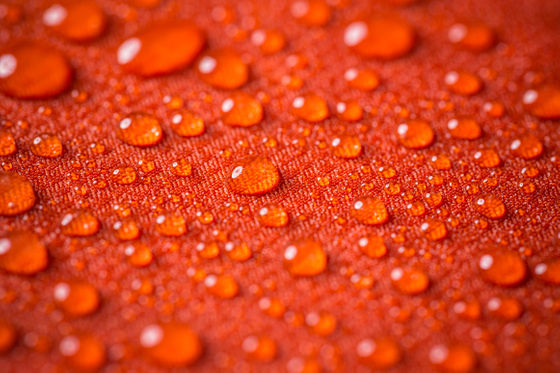Introducing a 'phase-changing cloth', a new dream material that becomes warm in the cold and cold in the hot

And say clothes us to temperature control themselves generate heat, the
Flexible and Robust Biomaterial Microstructured Colored Textiles for Personal Thermoregulation | ACS Applied Materials & Interfaces
https://pubs.acs.org/doi/10.1021/acsami.0c02300
New textile could keep you cool in the heat, warm in the cold-- ScienceDaily
https://www.sciencedaily.com/releases/2020/04/200415133440.htm
Cloths that use fibers that become warm when it is cold and cool when it is hot have been available in the past, but there has never been a cloth that has both. These fabrics also have the disadvantages of being heavy, bulky, fragile, expensive, and require external energy supply.
Therefore, the research team of Guangming Tao et al., Who is in charge of the Institute for High Performance Textiles of Huazhong University of Technology, has created a porous structure with extremely fine structure from chitosan and silk obtained from the exoskeleton of crustaceans such as crab and shrimp. Developed quality fiber.

Furthermore,
When the research team tested the resulting cloth, it was found that it not only has high flexibility and strength, but also has outstanding heat insulation and water repellency.

Furthermore, when the research team made gloves using this cloth and put them in a box with a temperature of 50 degrees, it was confirmed that PEG melted and absorbed heat, cooling the hands. It was Similarly, when the gloved hand was placed in an environment of 10 degrees, PEG solidified and released heat, which in turn warmed the hand.
In the paper, the research team wrote, 'this material can be mass-produced because it can be produced with existing textile industry equipment.'
Related Posts:
in Science, Posted by log1l_ks







